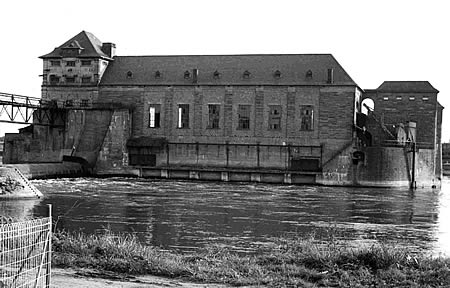
In addition to the 16 cultural paths already initiated and opened through the Archaeological Spessart Project in Biebergemünd-Bieber, Bischbrunn, Frammersbach-Herbertshain, Frammersbach-Rinderbachtal, Flörsbachtal-Lohrhaupten , Flörsbachtal-Kempfenbrunn/Mosborn, Gelnhausen-Höchst, Haibach, Heigenbrücken, Kahl/Main-(1+2), Lohr/Main - Wombach/Rodenbach, Lohr/Main - Ruppertshütten, Neustadt/Main, Partenstein and "Am Weißen Leimen", nine further trails will be added in the year 2003.
The following ceremonial openings are planned:
4. Mai 2003
Mainaschaff
The "Oscheffer Anker" - a cultural walking and biking trail focused on the early industrial history along the Main.

24. Mai 2003
Bessenbach-Oberbessenbach
An ancient Spessart parsonage along the old post route
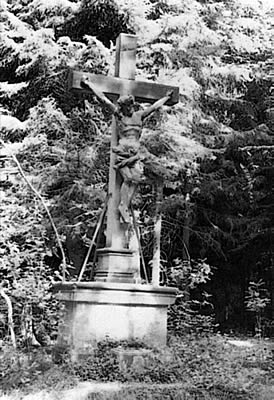
21. Juni 2003
Hafenlohr Valley
Tucholsky, Glass & Haderwald - the unique natural and cultural landscape of the Hafenlohr Valley.
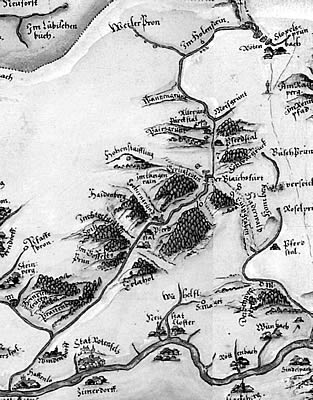
7. September 2003
Flörsbachtal-Flörsbach
The crossroads of Birkenhainer Road and Eselsweg
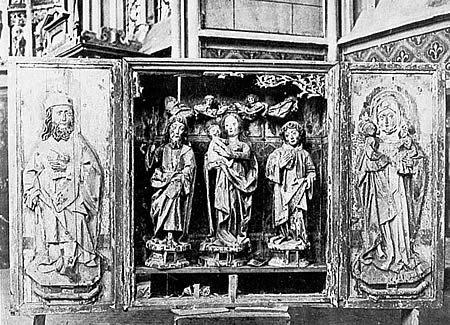
13. September 2003
Laufach-Frohnhofen
Frohnhofen: Focal point in the 19th century - Revolution and fratricidal strife
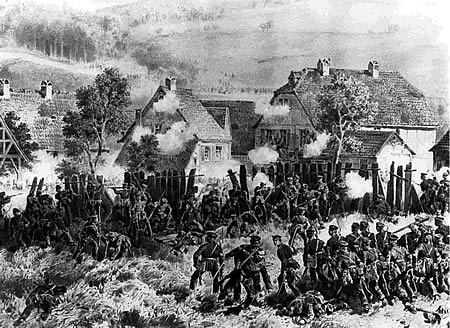
20. September 2003
Wiesen
The Advantage of a strategic location - the "rieneckic" economic centre Wiesen
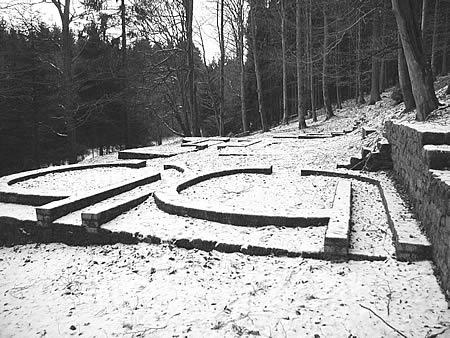
4. Oktober 2003
Alzenau-Wasserlos/Hörstein (during the County Cultural Fair)
Wine and Dominion - The South of Alzenau and the Abbotship of Seligenstadt
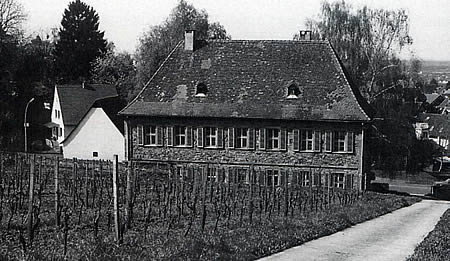
11. Oktober 2003
Wiesthal
Boomtown of the early Modern Age - and how the Robber-Knight Götz von Berlichingen profited near Habichtsthal

18. Oktober 2003
Aschaffenburg- Strietwald / Damm
Mammoth Tree & Co. - the "Weppes-Path" in the educational forest plantations of the former University of Forestry in Aschaffenburg (1819-1910)

The Cultural Paths are being realised as a cooperation between the EU-Project "Pathways to Cultural Landscapes", the Nature Park Bavarian Spessart and the Spessartbund.